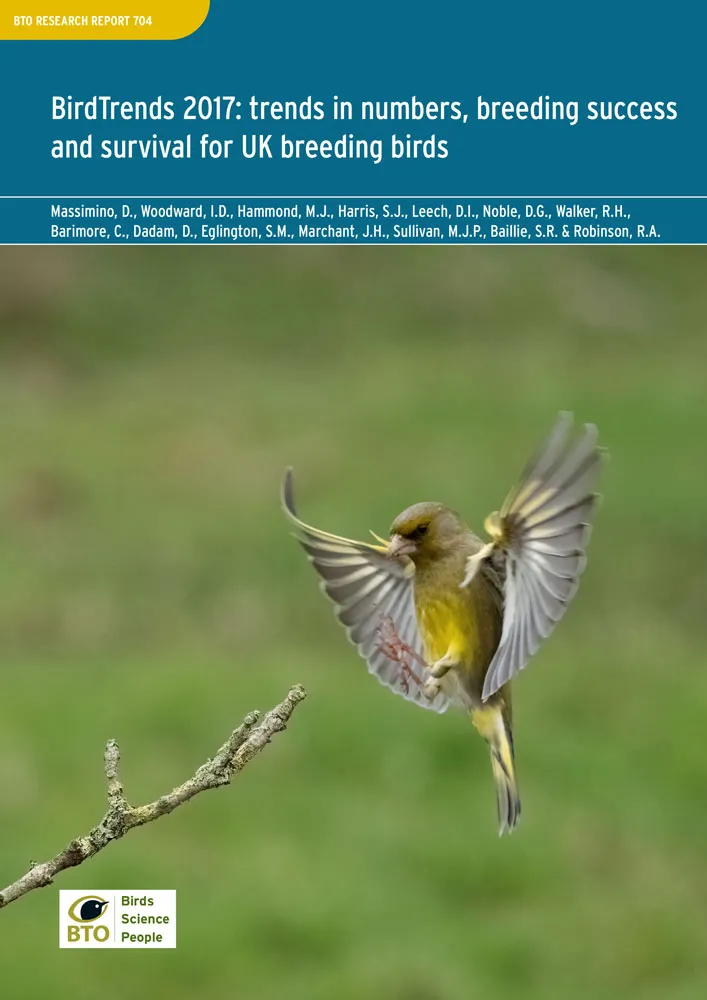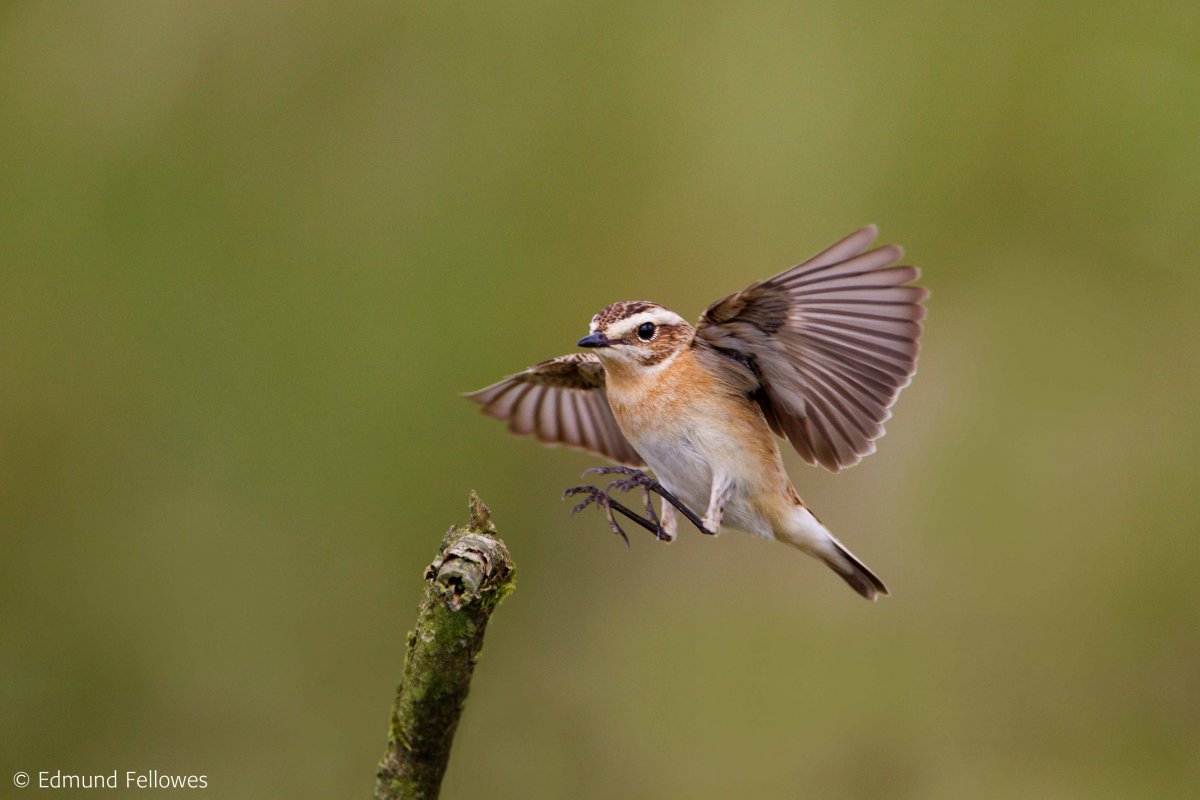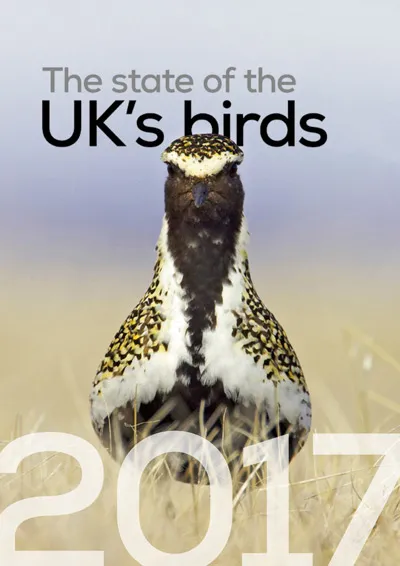BTO create and publish a variety of important articles, papers, journals and other publications, independently and with our partners, for organisations, government and the private sector. Some of our publications (books, guides and atlases) are also available to buy in our online shop.
Annual report of the Seabird Monitoring Programme
Seabird Population Trends and Causes of Change: 1986–2023
This report presents the latest seabird population trends in breeding abundance and productivity using data from the Seabird Monitoring Programme (SMP).
The report documents changes in the abundance and productivity of breeding seabird species in Britain and Ireland from 1986 to 2023, and provides a detailed account of the 2021, 2022 and 2023 breeding seasons.

Search settings
BirdTrends 2017
Author: Massimino, D., Woodward, I.D., Hammond, M.J., Harris, S.J., Leech, D.I., Noble, D.G., Walker, R.H., Barimore, C., Dadam, D., Eglington, S.M., Marchant, J.H., Sullivan, M.J.P., Baillie, S.R. & Robinson, R.A.
Published: 2018
The BirdTrends 2017 report is a one-stop shop for authoritative information about the population status of the common breeding birds of the wider UK countryside. The report is based on data gathered by the many thousands of volunteers who contribute to BTO-led surveys.
01.01.18
Reports BirdTrends

Nest monitoring does not affect nesting success of Whinchats Saxicola rubetra
Author: Border, J.A., Atkinson, L.R., Henderson, I.G., Hartley, I.R.
Published: 2017
A new paper, resulting from a collaborative study between BTO and Lancaster University showed that monitoring nests has no effect on daily survival rates of Whinchat nestlings. To ensure that monitoring efforts do not affect survival rate of nestlings and young birds, it is important to assess their impact. Nest monitoring could potentially lead predators to the nest or cause parents to desert or reduce parental care effort to their nestlings. This paper investigated 39 nests to determine whether monitoring has an adverse effect on daily survival rate in Whinchats at Salisbury Plain, Wiltshire.Nests were either visited only once upon their initial detection, or every two days during the incubation period. The visited nests did not have a lower survival rate than the non-visited nests, suggesting that there are no adverse effects of monitoring on incubation.During the nestling stage, the nests were monitored once a day on three consecutive days, by using a video camera to record the parents’ behaviour. This part of the study found that nest disturbance by setting up monitoring equipment temporarily reduced the feeding behaviour of the parents, but this only added up to 0.52% of total nestling time; a non-significant portion of the total time a nestling spends with its parents. In conclusion, this study found that monitoring Whinchat nests every two to three days has no negative effect on survival rate, and although birds can become slightly disturbed, they will soon resettle into normal behaviour. The authors emphasise that precautions to minimise potential impact on nests should always be taken and that guidelines for nest monitoring should always be adhered to.
30.12.17
Papers

LifeCycle - Issue 6, Autumn 2017
Author: BTO / Multiple
Published: Autumn 2017
Issue 6 features articles on whoosh netting in your garden, spring trapping Red Kites and developing a nestbox project for Willow Tits. It also contains details of how to get involved in a new research project on Blackcaps.
21.12.17
Magazines Lifecycle
The State of the UK's Birds 2017
Author: Hayhow D.B., Ausden M.A., Bradbury R.B., Burnell D., Copeland A.I., Crick H.Q.P., Eaton M.A., Frost T., Grice P.V., Hall C., Harris S.J., Morecroft M.D., Noble D.G., Pearce-Higgins J.W., Watts O., Williams J.M.
Published: 2017
05.12.17
Reports State of the UK's Birds

Can bird abundance declines be detected by citizen science programmes? A case study using Common Cuckoo Cuculus canorus
Author: Sparks, T.H., Atkinson, S., Lewthwaite, K., Dhap, R., Moran, N.J. & Tryjanowski, P.
Published: 2017
04.12.17
Papers